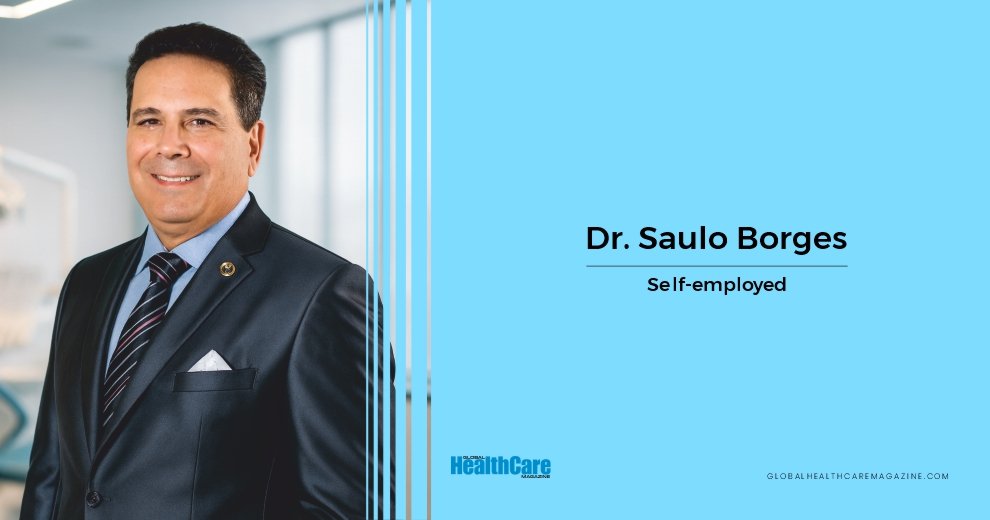Cataract surgery is often celebrated as one of modern medicine’s safest and most effective procedures. But Chloe, a 29-year-old woman, had a negative experience. She underwent the cataract surgery that turned her blind after a few weeks of vision clarity. She expressed her sorrow, saying, “I want my life back.”
Cataract is a quick, outpatient operation that restores vision for millions of people each year. The success rate is 98%. This has led to the public perception that it’s a simple, risk-free fix. However, this woman experienced blurred vision, pain, and sensitivity to light that slowly turned into complete blindness. This incident is a tragic reminder of cataract surgery risks that are unknown to the public. It highlights the crucial need for patients to be fully informed and for the medical community to be transparent about potential adverse outcomes.
A “Routine” Surgery Can Be Risky
The term “routine” often refers to the frequency and predictability of a procedure. A surgeon may perform dozens, if not hundreds, of these operations annually, which builds a high level of expertise. But no matter how skilled the surgeon, no two patients are exactly similar. Individual factors, such as underlying health conditions to a person’s unique physiology, can influence the outcome.
For Chloe, her vision was expected to improve drastically after the surgery. Instead, she was left with total blindness and a severe, painful sensitivity to sunlight. While her case is exceptionally rare, it falls into a category of serious cataract surgery risks.
Some More Risks Involved With Cataract:
1. Endophthalmitis:
A severe infection inside the eye can lead to vision loss if it is not treated immediately. While the risk is minimal, around 0.1%, the consequences are destructive.
2. Retinal Detachment:
The retina is a crucial light-sensitive layer at the back of the eye that can detach from the retina. This is a medical emergency that can also result in permanent blindness.
3. Persistent Inflammation and Swelling:
While some post-operative inflammation is normal, prolonged or severe swelling can damage the eye and impair vision.
4. Intraocular Lens (IOL) Dislocation:
The artificial lens implanted during surgery can shift out of place, causing blurry or double vision that might require another operation.
5. Posterior Capsule Opacification (PCO):
Often called a “secondary cataract,” PCO is the most common long-term complication. It occurs when cells left behind after the FFgrow on the back of the lens capsule, causing it to become cloudy. This can happen months or even years after the initial procedure, leading to blurred or foggy vision similar to the original cataract. It is easily treated with a quick, painless outpatient laser procedure.
6. Cystoid Macular Edema (CME):
In this condition, fluid builds up in the macula, the central part of the retina responsible for sharp, detailed vision. It’s caused by post-operative inflammation and can lead to blurred or distorted central vision. CME is usually treated with anti-inflammatory eye drops, and vision often improves once the swelling subsides.
7. Elevated Intraocular Pressure (IOP):
For some patients, cataract surgery can cause a temporary spike in eye pressure. This is usually managed with medication and resolves quickly. However, if the pressure remains high, it could lead to glaucoma, a condition that damages the optic nerve and can cause permanent vision loss.
8. Dysphotopsias (Glares, Halos, and Starbursts):
These are visual disturbances that some patients experience after surgery. “Positive dysphotopsia” refers to unwanted light images, such as glare, halos, or starbursts around lights, which are more common with multifocal lenses and often improve over time.
The Doctor-Patient Communication
Chloe’s experience raises important questions about the communication between doctor and patient. A medical professional might focus on the overwhelmingly positive statistics, but for the patient sitting in the exam room, a risk of permanent vision loss is a real, personal threat.
A doctor-patient should have clear, honest communication. Patients should ask questions and have their concerns addressed, no matter how small. They should know what symptoms to watch for in the days and weeks following the procedure and what constitutes a genuine emergency. The patient should know about the cataract surgery risks that might occur.
Learning From Unfortunate Events
While the medical community rightly defends the safety of cataract surgery, this case is a powerful reminder that every medical procedure, no matter how “routine,” carries a certain level of risk. This isn’t meant to cause fear but to foster a more realistic understanding of healthcare.



















